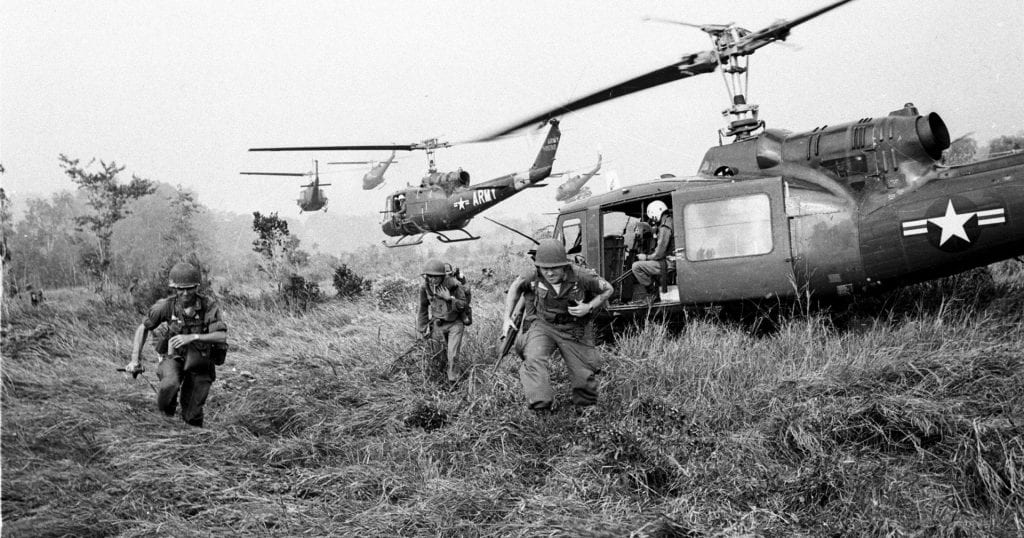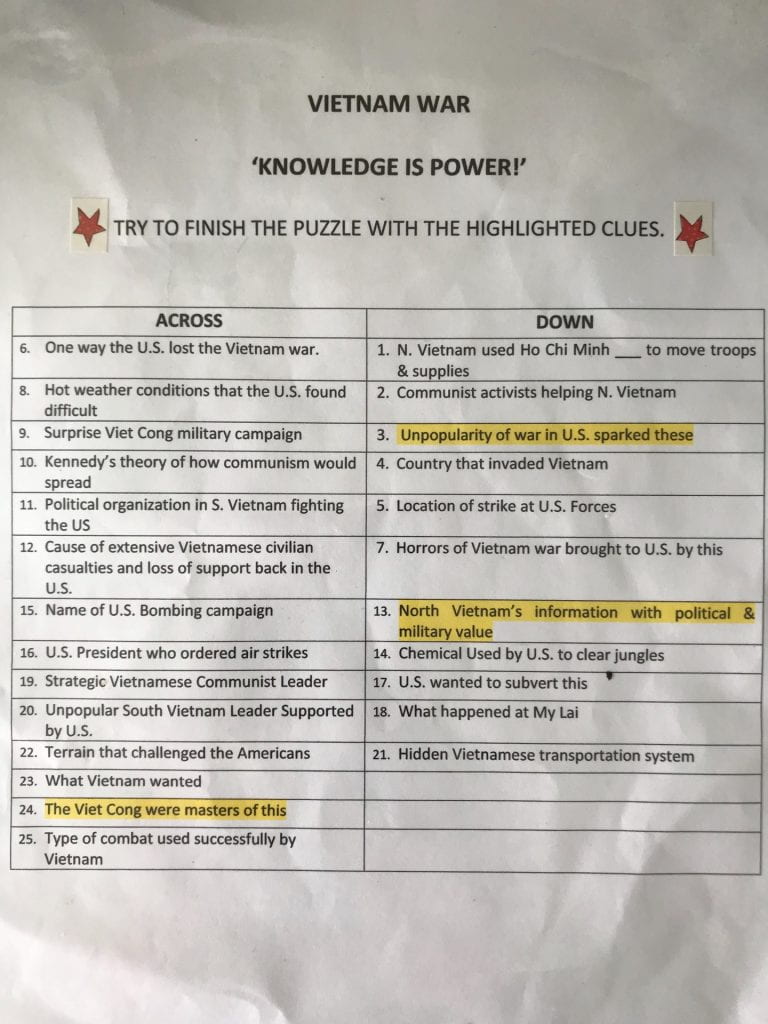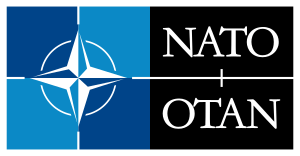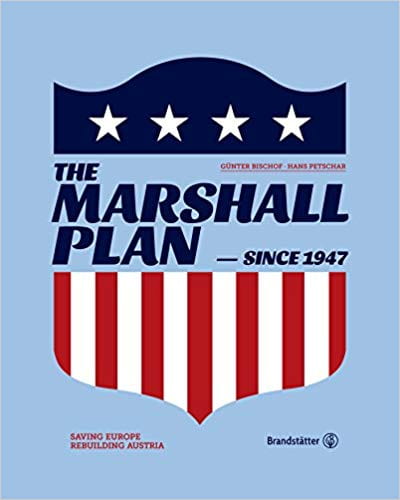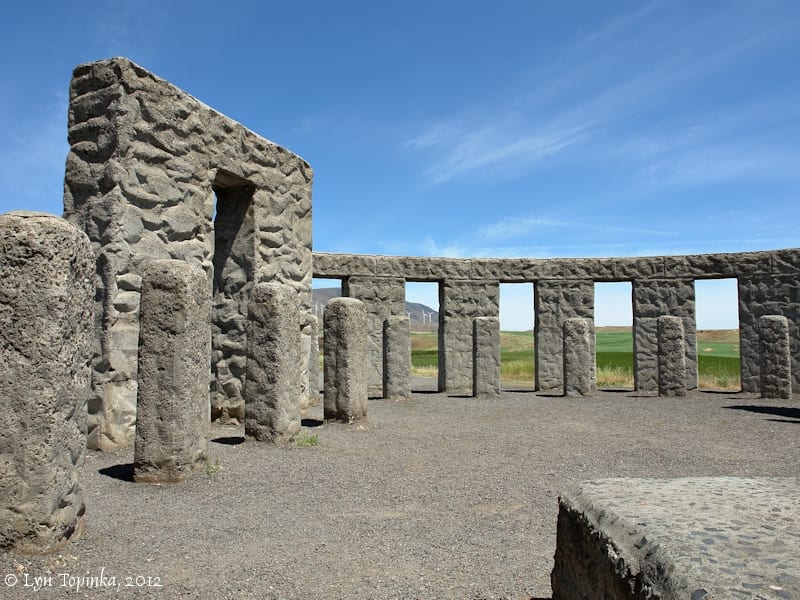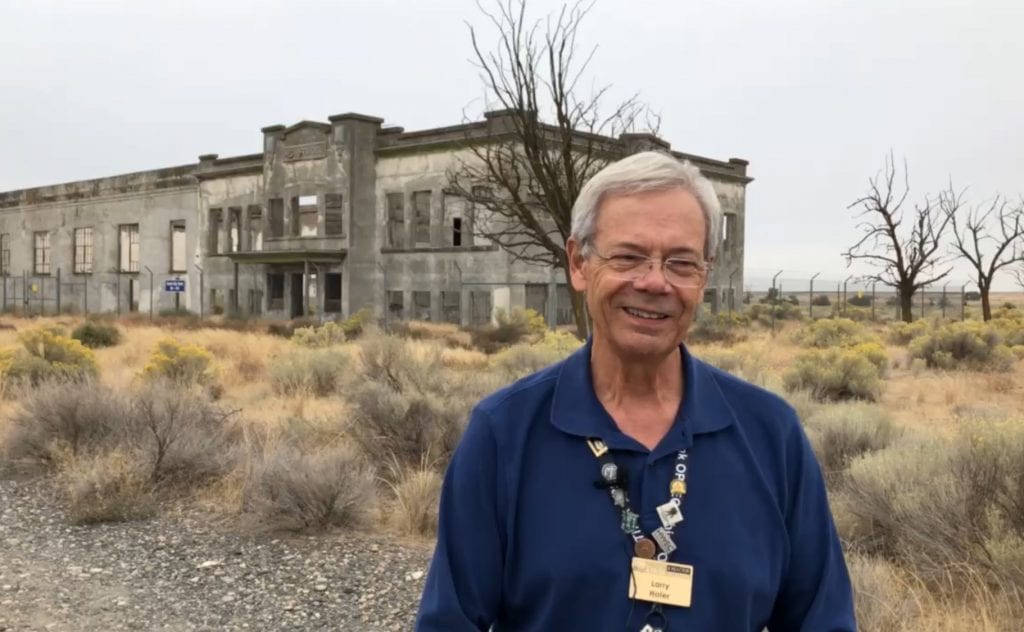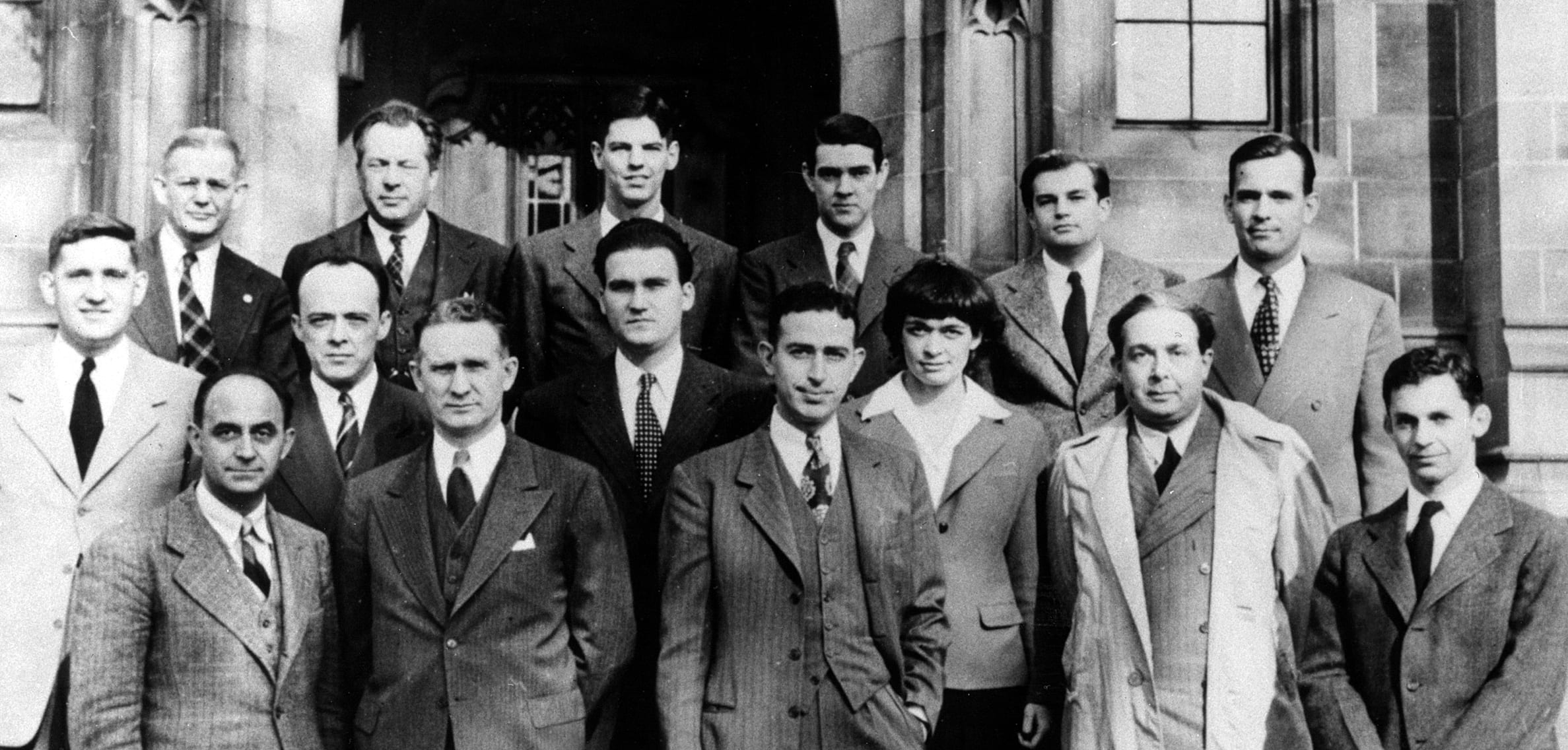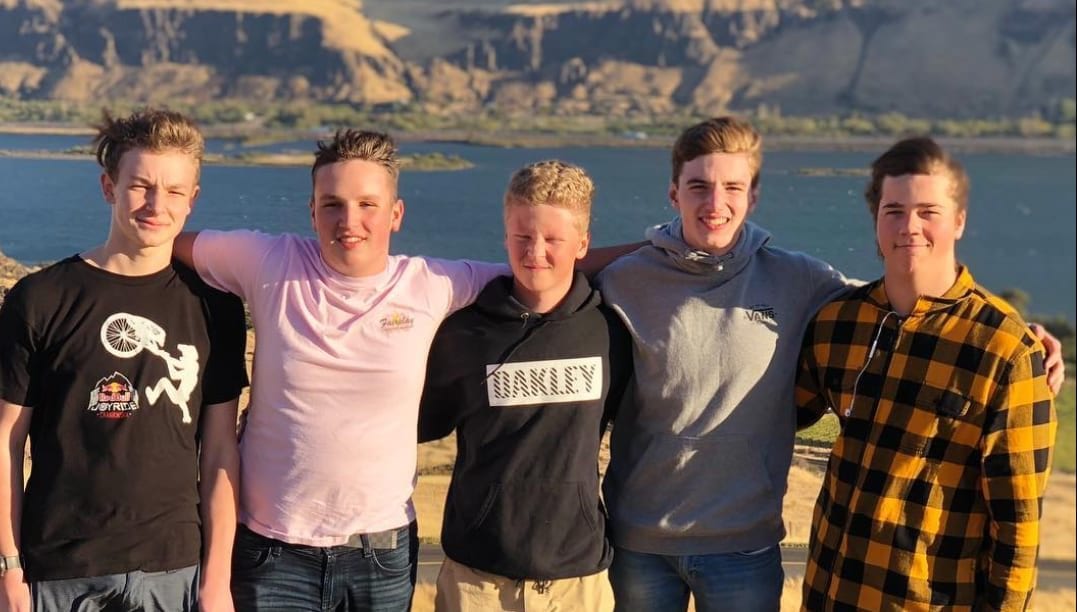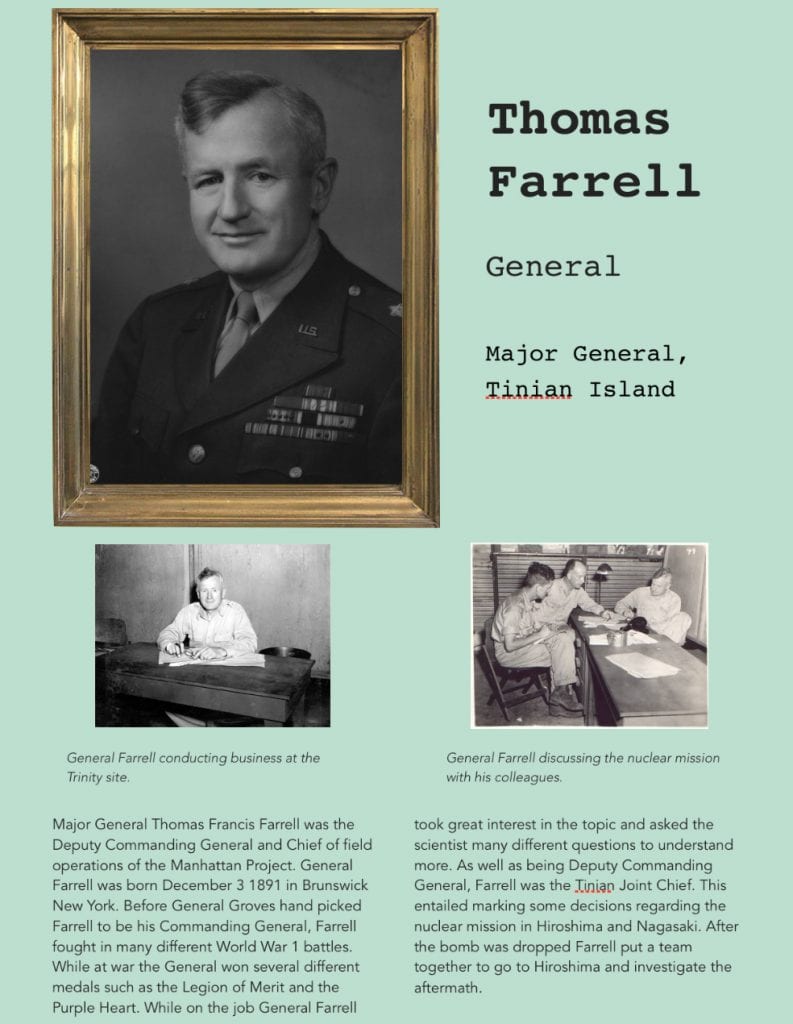So this will be the final instalment of this year’s Grade 11 blogs. Today we will talk about the Spring Exhibition that just took place on June 20th. As Grade 11’s we were able to focus on a very important and interesting topic. The grade 11’s presented on the only war that the Americans lost which was the Vietnam war. Ironically, the Vietnamese people called it the American war. I guess that shows how everyone’s perspective is different. The Vietnam war was the most costly political stunt that the Americans ever took part in. The amount of unnecessary deaths that unfortunately took place in this war was sadly catastrophic.
This project was the first time that we decided to choose a different medium to present than we have ever done before. Our teachers are very forward thinking and very creative when they come up with some of the great projects that we create. For this project we each presented our thesis in the media of conceptual art.
Before we started to learn about our project we should go over some of the steps that we took to get there. Before we just jumped into the conceptual art world we were able to go and visit an exhibit at the Vancouver Art Gallery that was filled with conceptual art pieces. Unfortunately I could not attend. I did however do some research myself about the world of conceptual art and research on the pieces that were on exhibit in the gallery. I am going to be honest and say that I was shocked about what was considered art. By the end of this project my point of view drastically changed and I had a broader perspective.
Now let’s talk about the historical side of the story. We learned about one of the biggest mistakes that was ever made by the American government. We learned all about the Viet Cong and their goal to gain independence for Vietnam and take over the south part of Vietnam. We learned about Ho Chi Minh and his world view on Communism. I really enjoyed learning about those topics and the push back by the American population after the news started to show all the deceased bodies of the Vietnam soldiers and innocent civilians. Overall this was a very insightful part of the unit for me because I got to learn about real world mistakes that were made by presidents that I saw as American heroes.
Besides visiting the art gallery we did some research on the history of conceptual art and the world that conceptual artists live in. We learned about the “three definitions of a chair”. We learned about the time an artist put his own human feces into a cylinder and sold it for $300,000 and many other interesting art pieces.
Now let’s talk about my project specifically as well as the night of the exhibition and how it all went. I am going to be honest and say that at first I did I have trouble coming up with my project because I was skeptical of conceptual art. After I opened my mind to understanding new things, the ideas just came to me. My project was surrounded by the idea that “knowledge is power.” When coming up with our ideas we were advised to come up with the thesis of our project before the actual art piece because like the title of this unit says, the idea is greater than the art.
In the Vietnam war the Viet Cong (the North Vietnamese) where severely over powered by the amount of military strength that the American military had. The leaders of North Vietnam knew that to win the war they had to learn how to fight the Americans and to gain the knowledge necessary to outsmart them. The Viet Cong had knowledge of things like the jungle, climate, guerrilla tactics and could outsmart the Americans. After I came up with the thesis the next step was to come up with the art piece that would go along with the thesis. I first started to think of a real word examples of power and also knowledge and see if there were any overlapping examples. Unfortunately there wasn’t and so I had to go in a different direction with the art piece. After different ideas I final concluded on the idea of creating a crossword puzzle that would be filled with different words that would help the Viet Cong win the Vietnam war. Within this crossword there would be three sets of blank spaces for words to solve. Each art connoisseur would have to come up with the missing words using the clues provided below. If they came up with the words and filled in the puzzle they would gain the knowledge necessary to win over the Vietnam people and win the war.
The night of the exhibition rolled around and it was time show up or show out. We were put into groups with people that shared similar concepts with their art pieces to ours. I was in a group with Hannah and we decided to take our assigned classroom and cut it in half. We took everything off the walls to make the room as simple as possible. The ideas was to let the art do the talking so we wanted the room to be as minimal as possible. Overall the night went well with no hiccups or imperfections and I was happy with the positive things people had to say about my project.
This entire unit has been eye opening for me because it shows the United States from a different point of view. The push-back by the public against conscription and the mistakes made by the Americans that caused all of the unnecessary deaths really changed my perspective on this important time in history. When I look back at my understanding of conceptual art it was a challenge at the start for me to understand the ideas but as time went on I opened my mind to better ideas and realized that the ideas are truly greater than the art.
